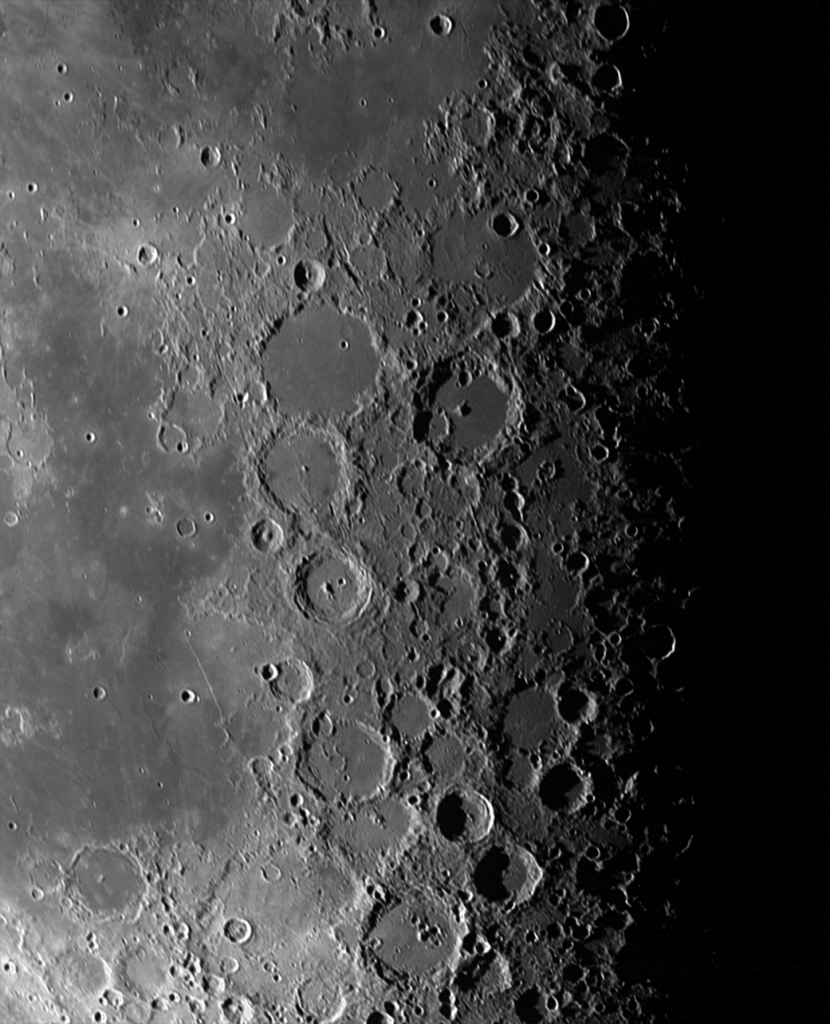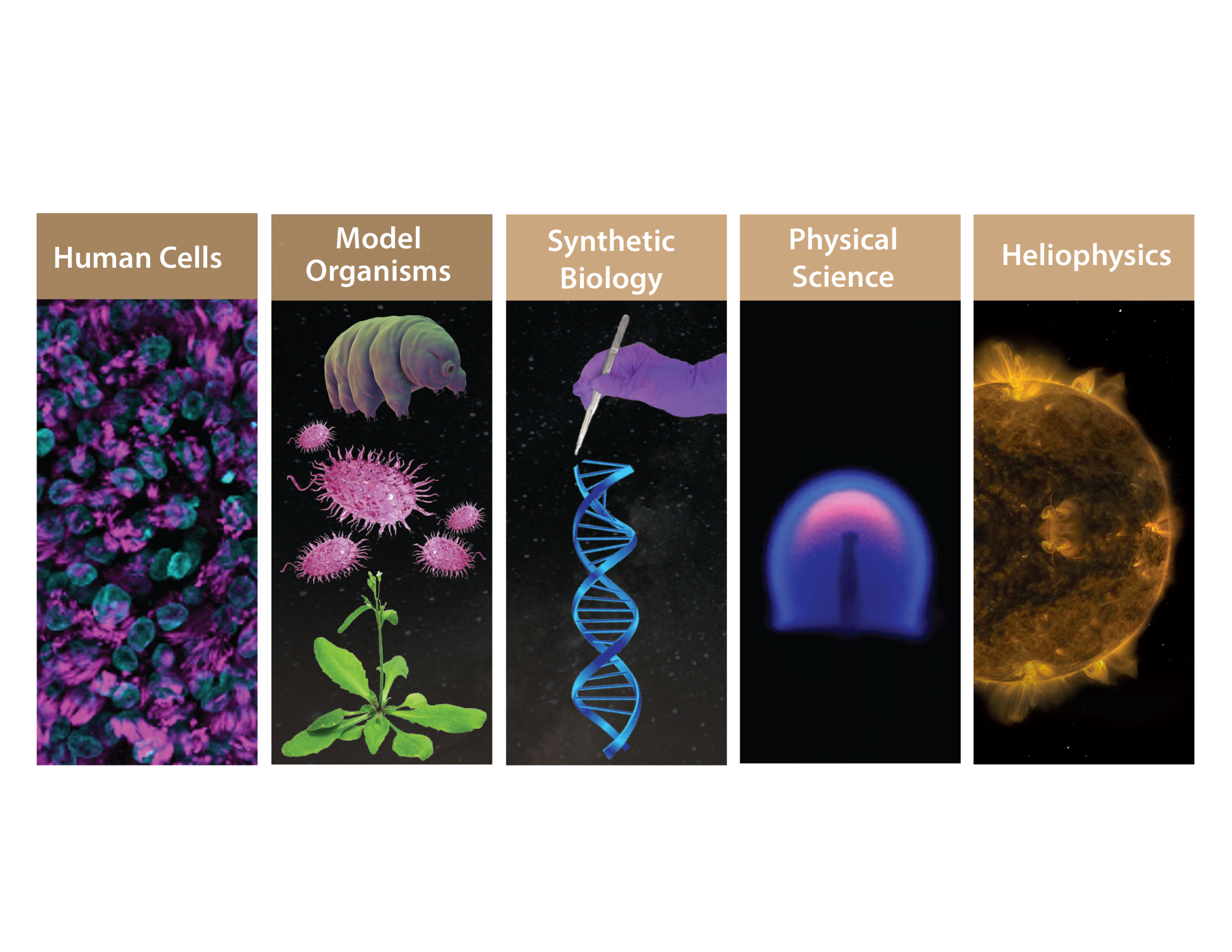For Researchers
Science Opportunities
Because of its versatility and prioritization of late loading for biological payloads, SpinSat is well suited to host a wide range of experiments from human tissues and organoids to microorganisms, plants, and chemical and physical systems.
Send your science experiments beyond LEO
A science platform for automated and complex space experiments. SpinSat provides frequent and low-cost access to space which can provide simultaneous measurements at multiple gravity and radiation levels.
Participate on a SpinSat Science Advisory Team
Would you like to participate on an Advisory Team? If so, what team would interest you? Contact us at: ARC-SpinSat@mail.nasa.gov
- Biological Sciences (emphasis on radiation and gravity effects)
- Human Biology (organoids and tissues on chips)
- Model Organisms
- Microbes
- Plants Biology
- Synthetic Biology
- Physical Sciences
- Heliophysics
- Astrobiology
- Prebiotic Chemistry
- Adaptation, Survival, and Habitability
Science Rationales
- Combined radiation/reduced gravity consequences: mammalian cells, human gene carriers (e.g.yeast), model organisms.
- DNA damage: wound healing, cancer
- Cell membrane damage: central nervous system
- Oxidation: compromised defense to hazards & pathogens
- Protein damage: impaired bone & muscle function
- Measurement targets (subset): Gene expression; protein expression; metabolites, signalers, excretates; growth, kill curves; behavior, etc….
Example Science Experiments
- Comparison of organisms from across the tree of life in their responses to deep-space radiation and microgravity
- Evaluate deep space impacts on organ function using tissue chips or organoid of mammalian cells.
- Determine cellular sensitivities and effects of deep-space and lunar radiation environments on:
- fundamental metabolic responses
- bioproduction of human-relevant nutrients
- measure evolutionary changes for microbiomes living and evolving over 1000s of generations beyond LEO
- Measure plant stress response in plant seedling development and photosynthesis.
- Measure changes in cellular morphology, viability, metabolism
- Evaluate effects on DNA integrity and its maintenance/repair
- Understand the role and importance of oxidative stress
- Evaluate synthetic biology-enabled production of anti-oxidants (nutrients/proteins) under deep space and lunar surface conditions
- Study changes in the genome
- Study targeted changes in the transcriptome, proteome, and metabolome
- Understand changes in pharmacological efficacy, specificity
- Study plant germination, growth, tropisms, 2° metabolite production, and produced food quality
- Characterize the effects of plant-microbe interactions




























